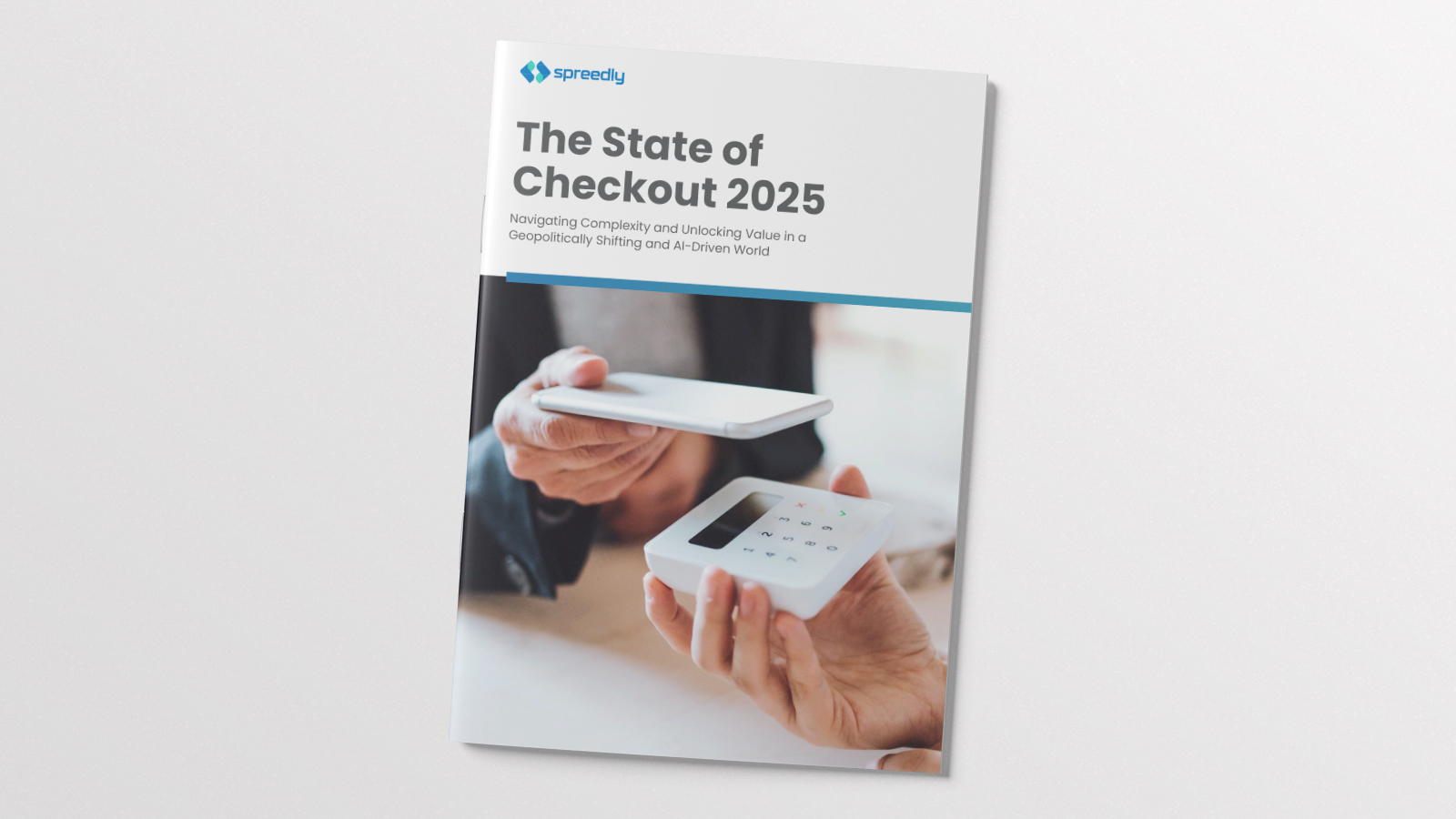
In recent blog posts, we focused on success rates in different geographies and what factors can influence them. It’s time to take a step back and quantify what these success rates can mean to a business in terms of revenue. It sounds great to increase success rates, but how does that equate to actual revenue? How can I justify this cost of services like Spreedly to my boss or my board? We will answer these questions and more in this post.
A key focus here at Spreedly is revenue optimization (RO). This is a process that, at a high level, helps our customers increase their success rates. RO goes beyond multiple gateways. It is the intelligence behind selecting the right gateway at the right moment based on a host of factors related to the merchant, card, geography, and timing. For more information on RO, check out this interview with VP of Revenue Optimization, Fareed Jawad.
At a conference we attended not long ago, a speaker gave a talk about how their company increased success rates by 0.1%. This is not one percent. This is one tenth of one percent. And, the audience was wildly excited. Why? Because this could mean millions of dollars for a business.
And, it’s not just the immediate revenue that could be lost. Customers can be turned away by declined transactions so merchants can potentially lose out on their future lifetime value. "Every declined transaction loses a merchant more than short-term revenue ‚ it can lead to the permanent loss of that customer," said Justin Benson, CEO of Spreedly.
This is why it is so important to maximize your chance for transaction success. It is far easier (and more cost effective) to retain existing customers than to recruit new ones. Customer frustration is one of the fastest ways to drive them away. Making the transaction process as seamless as possible makes your business “sticky” and customers, used to the convenience, are likely to return.
The Data
Data in the following example is entirely made up to illustrate the potential benefits of increasing success rates. These are not real businesses. But they mirror the range of success rates companies can expect when they optimize for success.
A Tale of Three Businesses
Of course, there are times when you want a transaction to be declined. This is particularly true in the case of fraud which cost nearly $25B worldwide in 2018. Fraud prevention is a key part of revenue optimization. Spreedly allows merchants to connect to virtually any payment service, including fraud applications.
Let’s take a look at 3 hypothetical businesses and their benefits of optimizing success rates. This is a simplified example and does not include taxes, currency conversion rates, etc.
Hammerhead Hardware sells hardware online and in their stores. Tiger Transportation provides on-demand ride sharing services. Great White Bites delivers food from local seafood restaurants These three businesses are diverse in the services they offer. But they all operate in multiple countries, process a lot of transactions, and serve many customers Let’s look at a typical month for these three businesses.

In an average month, millions of customers transact millions of times. Hammerhead Hardware has the smallest number of average monthly customers at 2.5M. These 2.5M customers together make 3M transactions, an average of 1.2 per person. Hammerhead has the highest per transaction spend at $50. These 3M transactions at $50 apiece yield a total monthly spend of $150M. Hammerhead knows from experience that a customer will spend $1,000 on average over their time shopping with the company. Tiger Transportation and Great White Bites both have a lower customer lifetime spend based on their experience.
Overall monthly revenue ranges from $100M to $180M. These are just the transactions that went through (the ones that were successfully processed). Imagine if these businesses were able to increase their success rates even a little. If Tiger Transportation, our lowest revenue example, increased their successful transactions by 1% they would add 100K transactions, which means an extra $1M per month or $12M a year! If Tiger increased their transactions even 0.1% (one tenth of one percent) they would still net an extra $100K, or $1.2M a year.
The table below shows what a 0.1% and a 1% increase in transaction volume would mean for these three businesses.

Great White Bites, our highest revenue example, could increase their yearly revenue over 21M with just a 1% increase in success rates. Even a more modest success rate increase of 0.1% yields over $2M more a year.
Lifetime Value
In addition to the revenue gained over the months and years, there is also customer lifetime value (LTV) to consider. A lifetime value is, at a high level, how much money a customer will spend with your company during their tenure as a customer. For simplicity, let’s ignore the monetary value of customer referrals, upgrades, etc.
Tiger Transportation, our example with the lowest LTV, expects customers to spend $250, or about 25 rides with this ride-sharing service. If a customer is on the 5th transaction when their card is declined, Tiger might not see the remaining $200 the customer is expected to spend across the remaining transactions. If this happens to 10 customers, that’s $2K lost from the top line of the balance sheet.
Of course, not all customers will be on their 5th transaction. Some will have more, and some will have less. Some will have a higher lifetime value. But you get the idea. Declined transactions are bad for business and can drive customers into the arms of your competitor. Of course, if the transaction is fraudulent you want it to be declined, as this is also bad for business. We can help you achieve this balance between the transactions that should be stopped and those of the customers your business depends on. In future posts, we will explore in detail how revenue optimization can help prevent fraud.
Bringing It All Together
A small increase in success rates can have a big impact on your business. Even an increase of a fraction of a percent can mean millions in incremental revenue and retained customer lifetime value.




